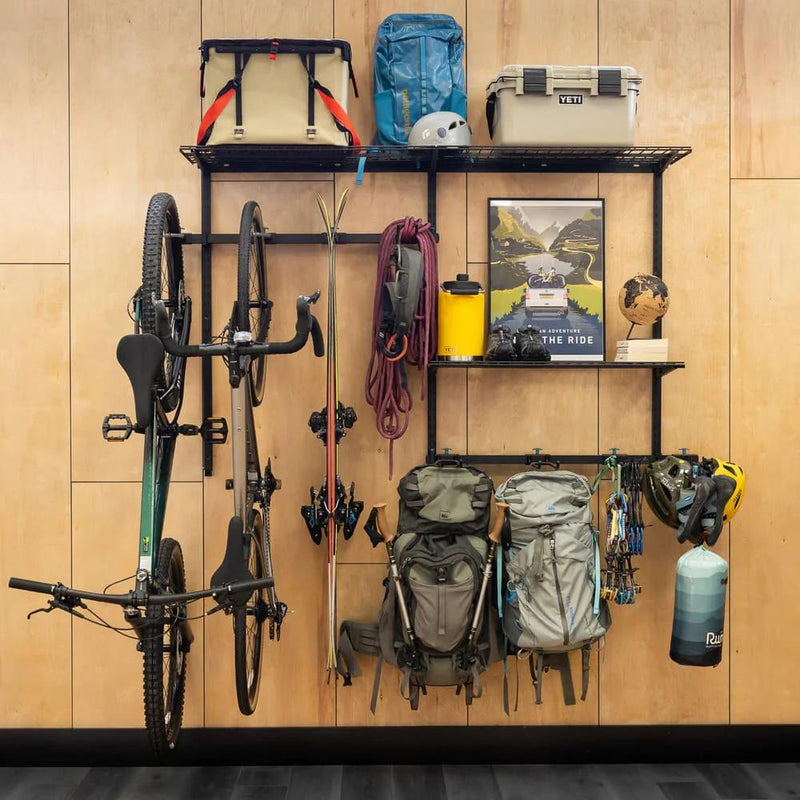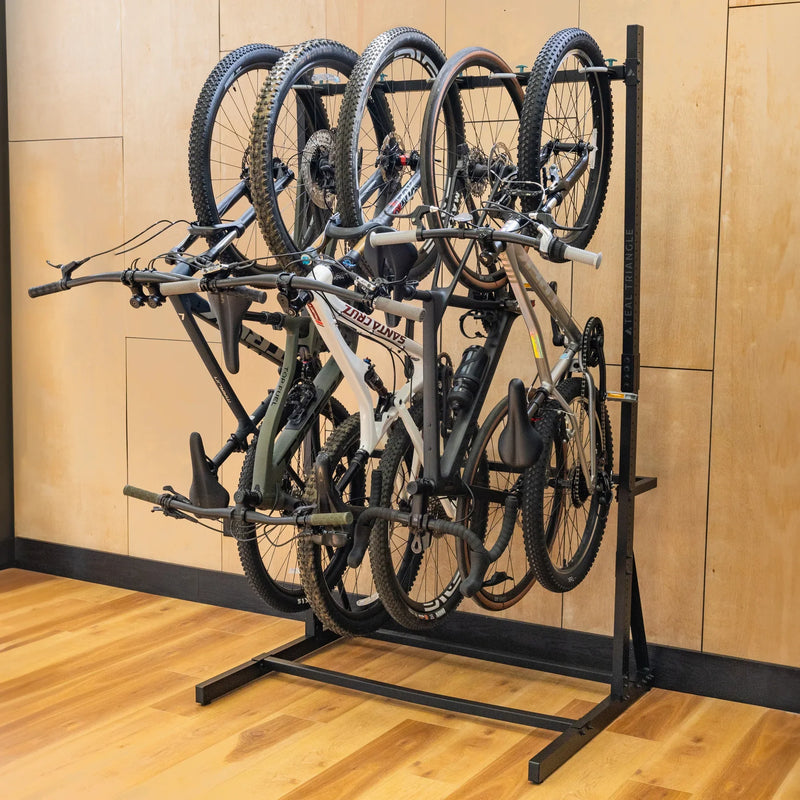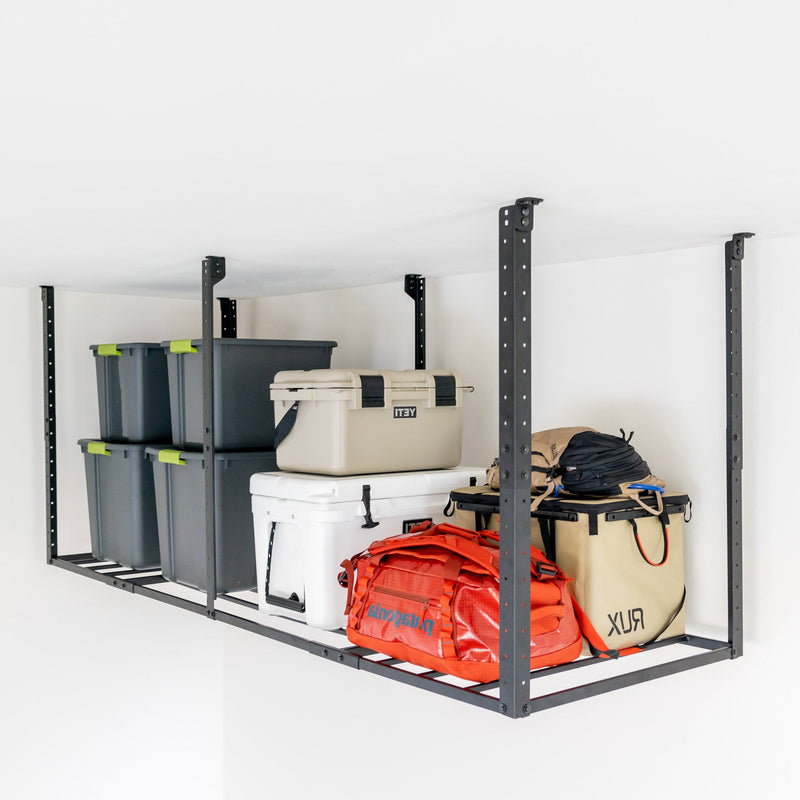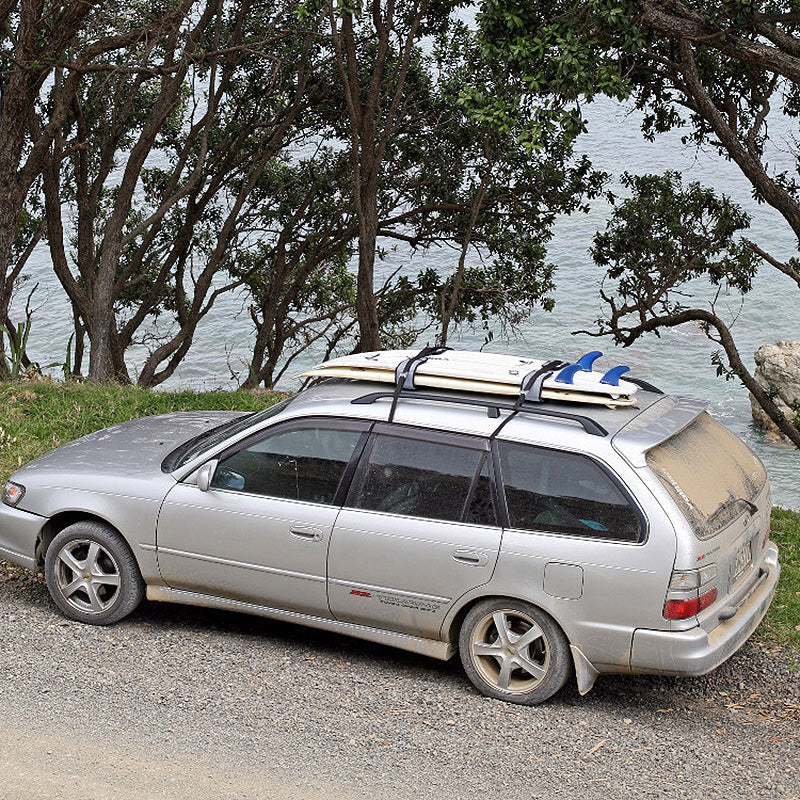Shopping for a teenage guy? As you’ve probably realized by now, teenage boys are hard to shop for. The changing trends make it hard to choose something they will love. Most teenage boys today love to skateboard. So do girls, in fact, and many people who have passed their teenage years. This very popular sport is growing each and every year, and more and more companies are producing skate gear. If you’re looking for a great gift for a skateboarder, consider the following options:
1) Skateboarding clothes. Many skateboarders wear skateboard shoes and other apparel from popular skate brands every day, even when they aren’t skating. A backpack or beanie hat with skateboarding company logos also makes a great gift. Skateboarding clothes can be found in skate shops, sporting goods stores, and even some department stores. This look is very popular, even for those who don’t skate at all.
2) A skateboard. If you do know what kind of skateboard the recipient wants, buying a new skateboard is probably the best gift you can give. However, be sure you know exactly what you’re looking for. The brand and size of the board makes a big difference to skateboarders. If in doubt, choose a gift certificate, or place a picture of a skateboard in a box and tell them you’ll purchase the board of their choice.
3) Skateboarding equipment or gift certificates. Though you may feel that you don’t know enough about the sport to buy a complete skateboard for a gift, there are plenty of skateboard accessories that every skater needs, like grip tape. Worried about the skateboarder’s safety? Select a helmet and a set of pads. This may not be the coolest gift, but at least it will keep your skateboarder safe. You could even pick up a gift certificate to a local skate shop so that they can find their own equipment if you feel bewildered by the choices that you see.
4) Magazine subscriptions. Popular skateboarding magazines profile pro skateboarders, demonstrate new tricks, and review the latest skateboarding equipment. A subscription to one of these magazines is sure to be enjoyed all year round; the magazine will probably even get passed around to all of the recipient’s skateboarding friends. This is a great choice if you’re not sure what equipment they already have for skateboarding.
5) A skateboard rack. Are you tired of tripping over your kid’s skateboard every time you enter their room? Keep it off the floor by giving a skateboard rack for the next gift-giving occasion. Skateboard racks are a perfect choice for most skateboarders, as it’s something they will rarely buy themselves, but something that every skateboarder can use. Skateboards left on the ground may get tripped over or even broken. Skateboards cost a lot of money; riders should protect them by keeping them off the ground using a skateboard rack.

Skateboard racks also give the skater in your life the opportunity to show off the designs of their boards. From multi-skateboard racks to floating deck displays, they can turn their favorite pastime into room decor.

Shop Floating Skateboard Deck Display
Since skateboarding has become more popular, there is a good chance that someone you know would love a gift of skateboarding accessories. Show the recipient that you support their favorite hobby by picking out one of these must-have skateboarding items. From skateboarding clothes to a rack to hold their new skateboard, these skateboarding accessories are sure to please.
Shop our skateboard collection for storage that shows off your boards.








